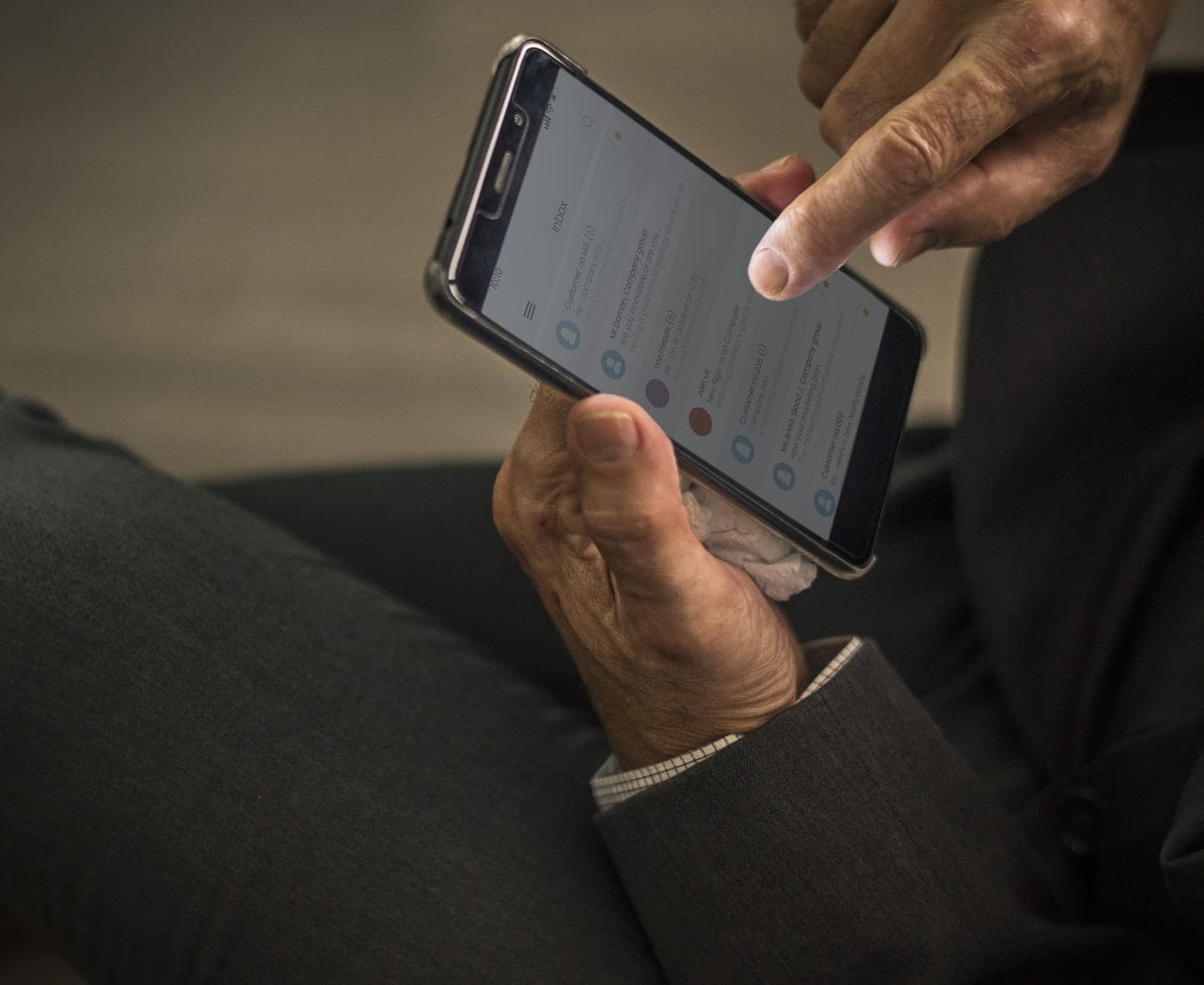End-to-end encryption (E2EE), utilizing a pair of encryption keys, is one of the most sought-after security features in most consumer messaging apps presently used in the workplace. Public keys are used to encrypt information, and private keys are used to decrypt the message.
The primary benefit of using this feature is that no matter how many servers or networks the message passes through, it remains indecipherable to anyone but the intended recipient who holds the private key that can decrypt the messages.
According to some security experts, the demand for encrypted chat apps has accelerated tremendously following the increased incidents of data breach and hacking, as well as the increased concerns over state-sponsored mass surveillance and espionage.
Many new regulations also now require organizations to encrypt sensitive information. The General Data Protection Regulation (GDPR), for example, requires that any company that collects data on EU citizens to use data encryption.
But despite being as old as the internet itself, the use of end-to-end encryption is still limited, with some companies still having some doubts over its reliability when it comes to protecting and archiving data. Read on as we discuss everything businesses should know about end-to-encryption.
Two Types of End-to-End Encryption
These are basically two types of E2EE based on when encryption is applied to data: client-side and server-side. Most of the popular encrypted messaging apps such as WhatsApp, Telegram, Viber, Signal, and WeChat use server-side encryption, which encrypts the data after it is transmitted from a user device to a server. This method also leaves data protection in the hands of the app company.
On the other hand, client-side encryption, aka enterprise key management, allows the organization to encrypt their own data before it is transmitted from a user device to a server, providing the company the assurance that their data is protected before it leaves their own devices and networks, and that any outside parties – such as the cloud storage provider – cannot access the organization’s encrypted data without their approval.
The difference between these two encryption methods is why some business-grade communication tools such as Slack does not offer yet the same E2EE features that WhatsApp and other popular encrypted messaging apps provide to their users. In contrast to other messaging apps that are popular among employees, Slack has decided against the idea of providing end-to-end encryption service to their clients.
The reason for doing so is that most of their paying clients do not believe that server-side E2EE provides the best-case scenario in terms of potential hacking of Slack itself. What their paying clients want instead is client-side encryption or enterprise key management, which will enable them to have full control of their own encryption keys and to minimize data security risk in case the Slack platform has been hacked.
Consequences of End-to-End Messaging Encryption
The decision of Slack to not provide end-to-end encryption to their users due to lack of demand from their largest clients imply that many businesses and government agencies find encryption a complex data security strategy to implement.
To summarize, here are the key challenges facing organizations when implementing data encryption:
- Third-party access to encrypted data – Public agencies are required to capture and record text messages, voice calls, and other electronic data to support legal eDiscovery, Freedom of Information Act (FOIA) requests, and compliance audit. As such, any retained encrypted records need to be decrypted before processing, which can be a serious technical burden on any agency.
- Recordkeeping – Regulated industries such as financial services, as well as government agencies, are required to archive their business communications for specific time periods. This can be impossible if the data to be archived are encrypted and cannot be indexed, searched, and retrieved upon request.
- Diverse Mobile Usage in Workplace – In today’s age where BYOD is a workplace norm, employees are using a wide range of different mobile devices to send, receive, and access encrypted messages. This diversity can present access issues since the same encryption keys may not be available on all devices permitted in the workplace.
Mobile Messaging Solution for Regulated Organizations
Although end-to-end encryption and client-side encryption have become popular among consumers for personal use, many companies and government organizations have struggled to find the right enterprise-grade messaging platform that delivers the same degree of protection for their sensitive data. Bigger organizations often run into obstacles due to the complexity of encryption key management and the variety of platforms and operating systems in use across the enterprise.
TeleMessage’s Secure Text Messaging platform ensures the highest delivery percentage of mission-critical traffic. With our SMS failover option for IP Push Notification messages, you will be able to deliver critical information to your employees, vendors, and customers without an active internet connection.
Our system enables the automatic sending of an SMS message and phone calls as a backup solution for all the users who didn’t receive the push notification. This unique feature ensures that your end-users never miss out on important information.
Contact us to get more information about our Secure Enterprise Messaging Platform, Mobile Archiver, and Mass Messaging solutions.
